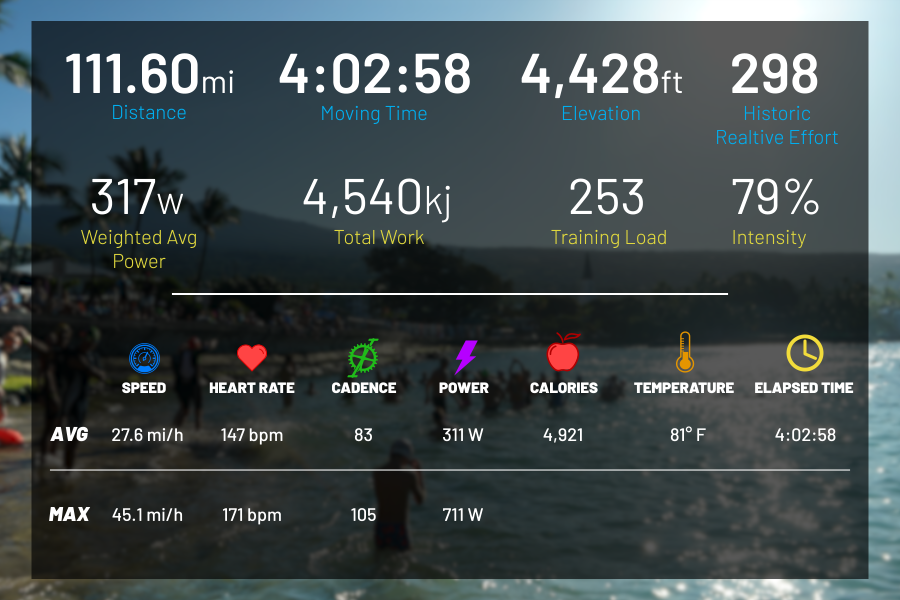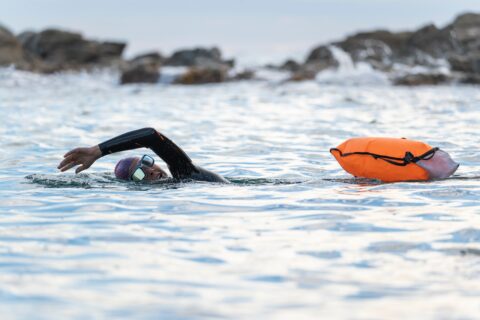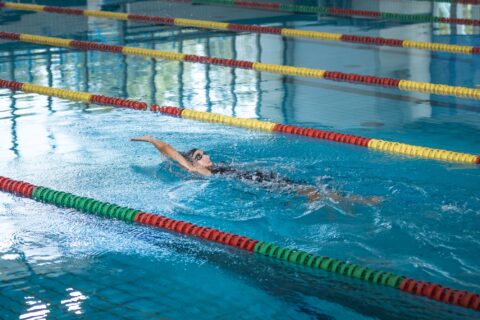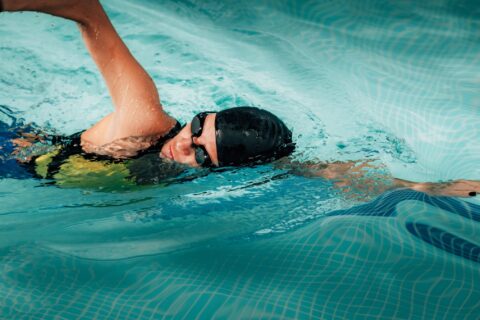Sam Laidlow took almost five minutes off the bike course record at the Ironman World Championship. We do a deep-dive analysis on his power file to find out how he did it.
Sam Laidlow took almost five minutes off the bike course record at the Ironman World Championship. We do a deep-dive analysis on his power file to find out how he did it.




